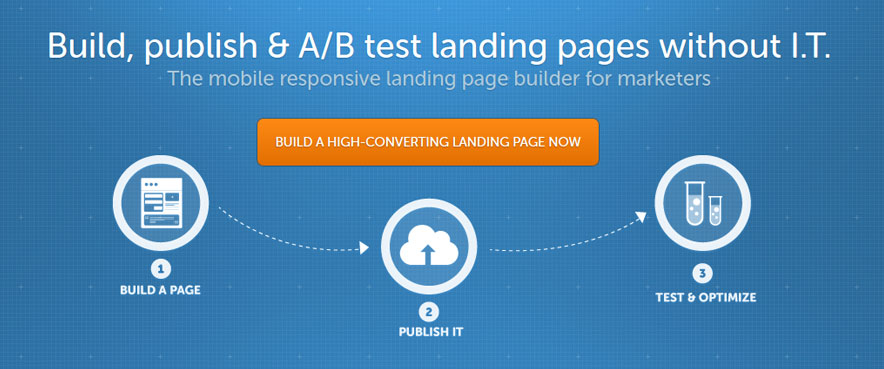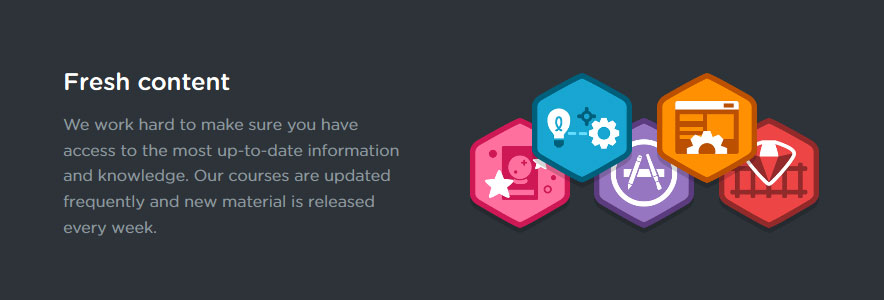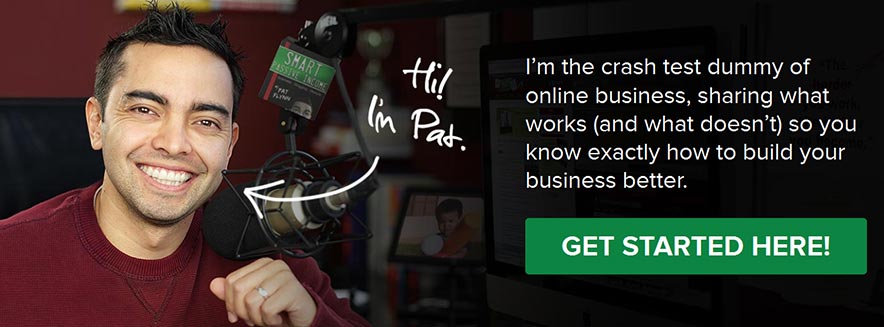How To Increase Conversions in 5 Simple Steps
- 6 min read
So you’re looking to increase conversions but not sure what to do next, right? Below I’m going show you how to increase conversions in 5 simple steps (and have a more successful website).
It can be difficult to no where to begin when it comes to better conversion rates, but my hope is that this guide will help you understand some of the foundational principles involved in creating a page that converts.
Better conversion numbers don’t revolve around some type of black magic, rather it’s an art form that takes time and patience to master. Anyone can get good at writing copy but it takes a big investment to even come close to being great. If you really want to increase conversions and overall success rates on your website you need to learn how to write copy that makes people want to convert.
1 Make Your Message Clear
Making the right impression on a potential customer is a lot harder than most people think. It’s something I see a lot of businesses getting wrong because most of the time people either come to your website because they’re looking for something or have followed a link from someone. You need to start a conversation with your potential customer and guide them towards buying whatever it is you’re selling, because it’s unlikely they’ll follow the path on their own. Although most of us think our copy is spot on it’s usually nowhere near that good.

When someone lands on your site you need to start a conversation that instils trust, not just in your product but in your brand as well. That message needs to come across on every single page, not just the one you expect them to land on. It only takes the smallest of doubts to lose a customer, which is why refining your message is a major factor in having a successful website and how to increase conversions.
2 Explain Benefits, Not Features
It seems obvious when writing copy about to say things like “24 hour battery life” and “Black plastic coating”. The problem is that those “features” don’t convey the “benefits” the user will get from buying the product. Let’s replace those two features with benefits, something along the lines of “Your battery will last an entire day” and “Strong coating that protects from almost anything”. Sure, those benefits don’t describe exactly what the user will get but benefits are for enticing people (headings) and features are for the explanation (body copy).
I can’t stress enough how important explaining the benefits of your product is. It’s a simple change that makes a massive difference because it shows the potential customer what their life will be like using the product. Describing how it’ll change their lives will evoke emotion, and emotions are what drive the majority people’s decisions. If you want to increase conversions this is the single best thing you can do.
3 Address Potential Problems
Addressing potential problems customers might face is an excellent way to quiet any doubts they’re having. The best thing to do in this situation is talk about problems you know your product fixes. There’s no point telling them your product doesn’t do something.

I advise that you avoid putting information like this in any sort of FAQ area as they’re are so common that most people don’t even give them a glance because they’re usually stuffed with the same repetitive, generic information. Instead opt for a more friendly approach by including these questions and answers in the main copy, just as you would with any of the benefits. You don’t want to lose customers because you didn’t address their doubts clearly enough.
4 Use Actionable Words
You should always be guiding your users towards an action. The best way to do this is by using actionable phrases like “Get The e-Book” and “Add to Cart”. By doing this you’re giving the user a clear goal and how to reach it. They want that free e-book, right? Then tell them how to get it.
Don’t overdo it though. If people see what looks like a hundred different “actions” that are available to take they’ll be put off. I’m sure you’ve seen those spammy landing pages that look as if they were designed in 2006. Those pages feel like they’re shouting at you to convert, people don’t respond well when they feel they’re being shouted at. Instead make the message clear (more on that above) and causally guide the user towards that button, not away from it.
Writing good converting copy is all about guiding your user towards an end point. A good rule to live by when writing compelling copy is that headings are a great place to describe the benefits, whereas the buttons are a great place to show the user how to attain those benefits.
5 Use Real Imagery
There are two types of images available to use on your site, stock and real. People can spot stock images a mile off because they tend to be perfectly framed and tend be literal metaphors of what you’re trying to sell. Take, for example, the product page of an app that in some way saves you time everyday. Better use some stock photo of a clock or pocket watch, right? Instead why not use something that feels real and evokes emotion like someone away from their desk, enjoying time with their family. This way you’re implying that your “time-saving” product gives you more free time.
You don’t want them thinking about the actual time, you want them thinking about what they’ll do with the extra time.

A few great places to look for more natural, real images are sites like Unsplash and Death to the Stock Photo, which are fantastic resources for finding free images that don’t seem framed or faked.
Final Thoughts on How to Increase Conversions
Building trust is an important factor in increasing your conversions because if people don’t trust you they won’t want to convert. If you refine your message to focus it on building trust with your users it’ll dramatically change how people see your site and put them more at ease when deciding whether or not to convert.
Combining all the thing I talked about above like explaining benefits over features, using actionable words and finding natural looking images is a great place to start. Next read how to get better form conversions on your website.
There are countless changes you can make to your pages that will increase conversions and overall success rate. The real “secret” is testing what works and what doesn’t. There’s no quick fix and not all conversion techniques work all the time. Just like in the physical world, different situations call for different tools and that’s no different online.
Thanks for reading. I’d love to hear what you do to increase conversions in the comments!